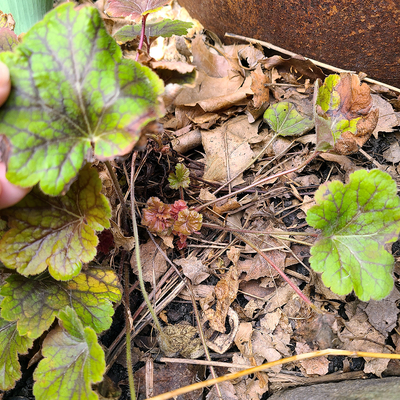Spring is a great time to divide many of our favorite herbaceous garden perennials. The plants are small, easy to handle and they have the entire growing season to get re-established in your garden. But how do you know how often to divide perennials? Are there some perennials you just shouldn’t divide?
The term “perennial” literally means to last or exist for a long time and to be enduring or continually recurring. A perennial plant re-grows year after year from the same root. Some perennial plants are very long-lived like an oak tree which others are short-lived like some of the newer coneflower cultivars.
Plants that are not winter-hardy are considered annuals in Minnesota, but are perennial in their native growing environment. An example is Tithonia rotundifolia which is grown as an annual flower here, but is a perennial shrub in its native Mexico and Central America.
Dividing perennials or “division” is a form of propagation: you are creating multiple plants from a single plant. Some plants like Heuchera, coral bells, are very easy to divide. The plant crowns are right at the surface of the soil and small plants, called 'offsets', develop from the larger main plant. Other plants like Hosta and ornamental grasses have dense roots that require a sharp knife, garden fork, or even an axe to cut apart.
Why divide?
Division also promotes plant health and can rejuvenate a plant. A perennial should be divided when it dies out in the middle (the oldest part) of the plant, produces smaller flowers or leaves, and blooms less.
Dividing perennials is also a good idea if plants have become crowded as it increases air and light around plants which can increase blooming as well as reduce disease and insects pests. Plants like Nepeta (catmint), Agastache (hyssop), and Athyrium niponicum (Japanese painted fern) can be divided every year if necessary.
Some plants like Baptisia, false indigo, do not respond well to division because they have long, deep roots that are difficult to dig out without breaking them off. In fact, Baptisia shouldn't be divided or moved if possible!
Similarly, peonies have deep, fleshy roots that break easily. They not only can be tricky to dig up, but also must be replanted at the proper depth of 1 1/2 inches and it can take a few years before these divisions become established enough to bloom.
So how to remember all this? Our page How and when to divide perennials provides guidelines. It also includes a list of about 125 favorite herbaceous perennials that tells you when and how often to divide some of our favorite herbaceous perennials, and includes notes that provide helpful particulars on some of the more finicky plants we love.



